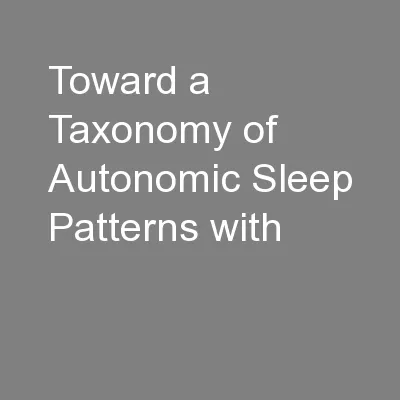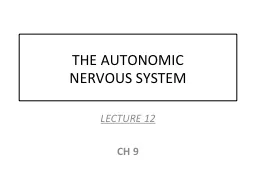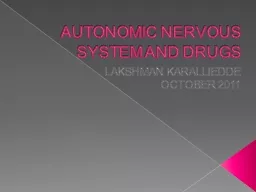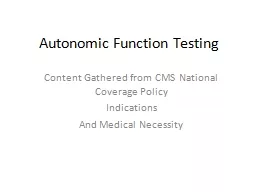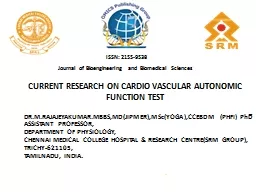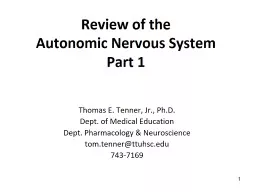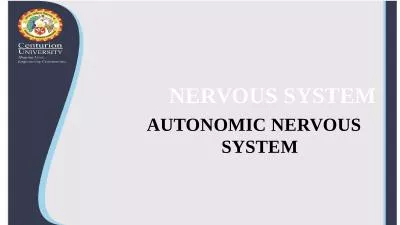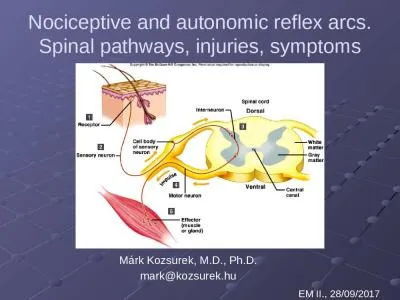PPT-Toward a Taxonomy of Autonomic Sleep Patterns with
Author : lois-ondreau | Published Date : 2016-04-26
Electrodermal Activity Akane Sano and Rosalind W Picard Massachusetts Institute of Technology Media Lab Affective Computing Group akanesmitedu What is Electrodermal
Presentation Embed Code
Download Presentation
Download Presentation The PPT/PDF document "Toward a Taxonomy of Autonomic Sleep Pat..." is the property of its rightful owner. Permission is granted to download and print the materials on this website for personal, non-commercial use only, and to display it on your personal computer provided you do not modify the materials and that you retain all copyright notices contained in the materials. By downloading content from our website, you accept the terms of this agreement.
Toward a Taxonomy of Autonomic Sleep Patterns with: Transcript
Download Rules Of Document
"Toward a Taxonomy of Autonomic Sleep Patterns with"The content belongs to its owner. You may download and print it for personal use, without modification, and keep all copyright notices. By downloading, you agree to these terms.
Related Documents

